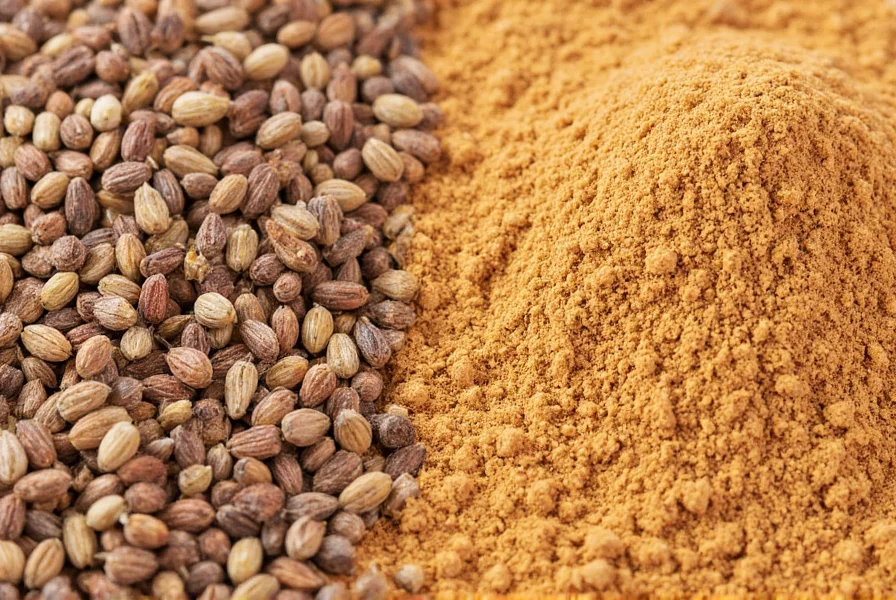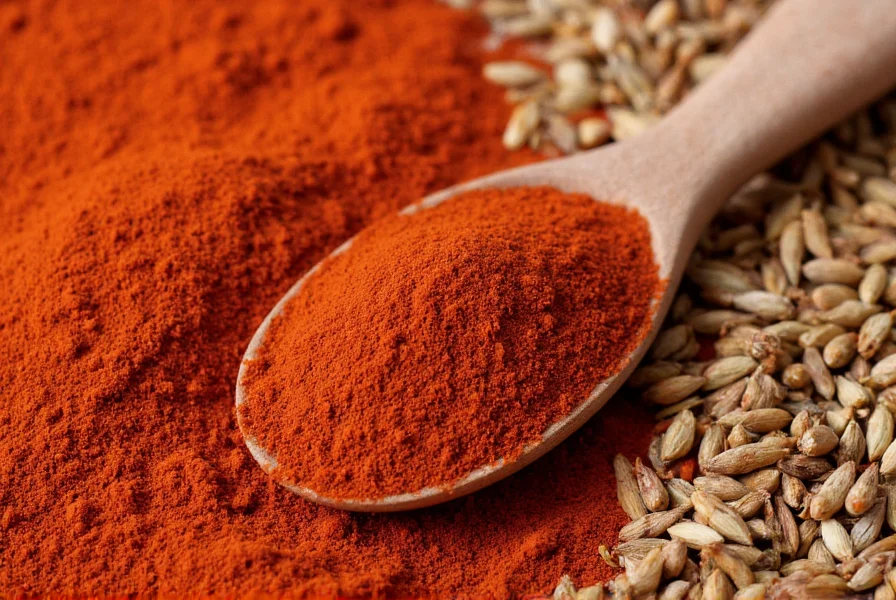Cumin stands as one of the world's most widely used spices, with a history spanning over 5,000 years. Ancient Egyptians included cumin in their culinary repertoire and even used it in mummification processes. Today, India remains the largest producer and consumer of cumin, followed by Iran, Turkey, and China. The spice's distinctive flavor profile makes it essential in curry powders, chili blends, and many regional spice mixes worldwide.
Understanding Cumin's Botanical Background
Cumin (Cuminum cyminum) belongs to the Apiaceae family, which includes parsley, coriander, and caraway. The plant grows to about 30-50 cm tall and produces small white or pink flowers. The spice comes from the dried seeds of the plant's fruit, which are crescent-shaped and measure approximately 3-6 mm long. These seeds contain essential oils that give cumin its characteristic flavor and aroma.

Flavor Profile and Sensory Characteristics
What does cumin taste like? The spice delivers a complex flavor profile that's simultaneously warm, earthy, and slightly bitter with citrus undertones. When toasted properly, cumin develops nutty, smoky notes that enhance its depth. The aroma is pungent and distinctive—often described as peppery with hints of lemon. Ground cumin offers immediate flavor impact while whole seeds provide a more subtle, gradual release of flavor when cooked.
Professional chefs often recommend toasting whole cumin seeds in a dry pan before grinding to maximize flavor. This process activates the essential oils, creating a more aromatic and complex taste. The difference between toasted and untoasted cumin is significant—untoasted cumin can taste somewhat flat or dusty compared to its toasted counterpart.
Culinary Applications Across Global Cuisines
Cumin serves as a cornerstone spice in numerous culinary traditions. In Indian cuisine, it features prominently in garam masala and curry powders. Mexican cooking relies on cumin for authentic chili con carne and taco seasoning. Middle Eastern dishes like falafel and hummus incorporate cumin for depth, while North African tagines use it as part of complex spice blends.
| Cuisine Type | Signature Dishes with Cumin | Typical Quantity per Serving |
|---|---|---|
| Indian | Dal, Chana Masala, Biryani | 1/2 to 1 teaspoon per dish |
| Mexican | Chili con carne, Enchilada sauce | 1 to 2 teaspoons per recipe |
| Middle Eastern | Hummus, Falafel, Tabbouleh | 1/4 to 1/2 teaspoon per serving |
| Mediterranean | Ratatouille, Harissa, Couscous | 1/2 teaspoon per dish |
Health Aspects of Cumin
Cumin contains several beneficial compounds including cuminaldehyde, thymol, and terpenes. One tablespoon (6g) of ground cumin provides approximately 22% of the daily recommended iron intake, along with manganese, calcium, and magnesium. Research suggests potential digestive benefits, as cumin may stimulate digestive enzymes and improve nutrient absorption.
Studies have examined cumin's antioxidant properties and potential anti-inflammatory effects, though more research is needed to confirm specific health claims. Traditional medicine systems have used cumin for centuries to address digestive issues, but modern applications should be viewed as complementary to professional medical advice rather than replacements.
Practical Usage Tips for Home Cooks
Understanding how to use cumin in cooking properly can transform your dishes. For maximum flavor, toast whole seeds in a dry skillet over medium heat for 1-2 minutes until fragrant, then grind as needed. Store cumin in an airtight container away from light and heat—whole seeds maintain freshness for up to 2 years, while ground cumin stays potent for about 6 months.
When substituting cumin, consider these options based on your recipe: caraway seeds offer similar earthiness (use 3/4 quantity), coriander provides citrus notes (use equal amount), or chili powder works in Mexican dishes (use half quantity). Remember that cumin's flavor intensifies with cooking time, so add it early in the cooking process for subtle background notes or later for more pronounced flavor.

Common Cumin Mistakes to Avoid
Many home cooks make these common cumin errors: burning the seeds during toasting (they turn bitter quickly), using stale ground cumin, or adding cumin too late in the cooking process for dishes that require flavor integration. For best results, always toast cumin seeds just before use, measure carefully as it can dominate other flavors, and remember that freshly ground cumin delivers significantly better flavor than pre-ground versions.
Frequently Asked Questions
What does cumin taste like compared to other spices?
Cumin has a distinctive warm, earthy flavor with citrus undertones and slight bitterness. It's more robust than coriander but less sweet than caraway. When toasted, cumin develops nutty, smoky notes that differentiate it from similar spices. Its flavor profile is more intense than fennel but less pungent than cloves.
How should I store cumin to maintain freshness?
Store whole cumin seeds in an airtight container away from light, heat, and moisture. Properly stored, they maintain peak flavor for 2-3 years. Ground cumin loses potency more quickly and should be used within 6 months. For extended freshness, store cumin in the refrigerator or freezer, especially in humid climates.
Can I substitute cumin in recipes if I don't have it?
Yes, but substitutes won't provide identical flavor. For Mexican dishes, try chili powder (use half amount). For Indian recipes, coriander seeds work reasonably well (use equal amount). Caraway seeds offer similar earthiness (use 3/4 amount). In a pinch, a combination of paprika and coriander can mimic some cumin characteristics, though the result won't be authentic.
Is there a difference between whole cumin seeds and ground cumin?
Yes, significant differences exist. Whole cumin seeds maintain their flavor compounds longer and offer a more subtle, gradual release of flavor when cooked. Ground cumin provides immediate, more intense flavor but loses potency faster. Toasting whole seeds before grinding maximizes flavor complexity. As a general rule, 1 teaspoon of whole seeds equals approximately 3/4 teaspoon of ground cumin in recipes.
Does cumin have any scientifically proven health benefits?
Research suggests cumin may support digestion by stimulating enzyme production and improving nutrient absorption. It contains antioxidants like cuminaldehyde that show anti-inflammatory properties in laboratory studies. Cumin is also a good source of iron, which helps prevent anemia. However, most health claims require more extensive human studies, and cumin should be viewed as part of a healthy diet rather than a treatment for medical conditions.











 浙公网安备
33010002000092号
浙公网安备
33010002000092号 浙B2-20120091-4
浙B2-20120091-4